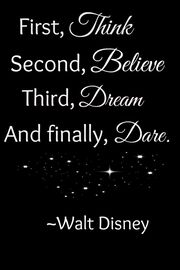|
Before there was a general admission ticket to get into Disneyland, there was a price per attraction. These were assigned by letter tier… A, B, C, D and eventually E.
This early 1959 pricing guide for Fantasyland had jumbo ticket books with 15 tickets at $3.35 for adults and individual attraction pricing with the cheapest ‘A-ticket’ at 10¢ and the higher demand ‘C-ticket’ at 35¢ The ‘E-ticket’ was just around the corner and would become synonymous with the top Disneyland attractions! Did you know that famed actress Joan Crawford had a hand in the creation of ‘It’s a Small World’ ?
Joan Crawford had been married to Pepsi Cola president Alfred Steele and when he died of a heart attack in 1959, Crawford inherited a seat on the company board. Crawford was heavily involved in charities and trying to boost the Pepsi brand. She knew about Walt’s fame and figured a Disney attraction with the Pepsi brand would be terrific publicity for the company. When Crawford heard Fowler’s refusal to create an attraction for Pepsi, she wasn’t happy. And as anyone in Hollywood knew, Joan Crawford’s temper was legendary. So she went to Walt to lay it out, and Walt was likewise incensed at Fowler making this decision without even telling him first. That drove him to agree to create a ride for Pepsi. Walt came up with the idea for a boat ride involving international children, and after she and Fowler made peace, Crawford pushed the board into agreeing to the Disney proposal. The Ken-L Land Pet Motel opened at Disneyland on January 18, 1958. Over the years, five different pet food brands sponsored the pet kennel. The kennel continued to operate in the same building until Disneyland’s Covid-19 shutdown in March 2020. On January 1, 1993, Nestlé USA Inc. and The Walt Disney Company began a multi-divisional strategic alliance, which included sponsorship at Disneyland Park and the Walt Disney World Resort. Carnation (acquired by Nestlé in 1985) and Stouffer’s (acquired by Nestlé in 1973) already had relationships with Disneyland. These brands were joined by other Nestlé brands, including Hills Bros., Contadina, Toll House, Nestea—and Friskies. The kennel at Disneyland once again had a sponsor. Friskies brought back the name “Kennel Club.” On December 12th, 2001: Nestlé acquired Ralston Purina. With Nestlé owning a real dog food brand, the Purina logo replaced the Friskies logo on the Disneyland Kennel Club. The 50¢ price of 1975 was a distant memory. According to the Disneyland official web site in Summer 2002, the price was much higher: Kennel Indoor Kennel facilities available for a charge of $10.00. Kennel is located to the right of the Main Entrance of Disneyland park. Sorry, there are no facilities for overnight accommodations. By 2006, the price had risen to $15. The next price jump was to $20. According to the Disneyland official web site, January 2008: Do you have pet accommodations? The Disneyland® Kennel Club is available for day use. The cost is $20.00 per pet, per day and reservations are not necessary. No overnight accommodations are available. Please note the Hotels of the Disneyland® Resort do not permit pets. The Disneyland® Kennel Club and County of Orange requires rabies, distemper, and hepatitis vaccination certificates from your vet in order to board dogs over four months of age. Cats over four months old need proof of vaccination for rabies, distemper, hepatitis, panleukopenia, rhinotracheitis and calicivirus. For further information or questions, please contact Disneyland® Resort Guest Information at (714) 781-7290. The Disneyland Kennel Club took other pets too. If you felt a need to take your hamster, parakeet, or goldfish with you when you went to Disneyland Park or Disney California Adventure for the day, you could leave it at the Kennel Club. But if your pet was poisonous—forget it. And forget it if your pet was illegal in California—including ferrets, which are perfectly legal in most of the United States.
For more than fifty years, the kennel had been a prominent structure near the main entrance. On January 12, 2010, the Disneyland Resort opened a new consolidated facility for stroller, wheelchair, and electric convenience vehicle rentals. The convenience vehicle building hid most of the kennel, with only one of the dutch doors and a new, smaller sign showing. It was still the original building from 1958—although guests wouldn’t know it by looking at it. Hi I'm a Disneyland tour guide. I enjoy meeting and getting acquainted with the folks like yourself who visit Disneyland during the fall and winter months. You're invited to join me… and a small group of other visitors who like the convenience of a guide… for a personally conducted tour through all of Disneyland. My tour lasts about 2 hours and during this time you'll enjoy some of Disneyland's world famous adventures, including several that especially appeal to grown-ups. Adventures such as the exciting Jungle River Cruise, the beautiful mine train trip through Nature's Wonderland, the new 2 1/2 mile ride aboard America's longest Monorail, plus several others. Between Adventures I'll bring you up to date on Disneyland.. tell you about how it grew from an idea of Walt Disney's to become the $37 million entertainment center that you were seeing during your visit. Our guided tour has been a fall and winter season extra at Disneyland for the past 3 years. We've learned that many thousands of visitors at this time of the year really enjoy the opportunity to see Disneyland this special way we believe you will enjoy it too. I'll look forward to seeing you on one of my guided tours of Disneyland.
May 20, 1963, Walt Disney explored the Gateway Arch area in St. Louis, where construction had been ongoing since February. During his visit, he was in discussions about the potential Riverfront Square project with James P. Hickok, the president of the Civic Center Redevelopment Corporation. Disney had been invited to contribute to the development of this Missouri tourist attraction and was contemplating St. Louis as the site for his next Disneyland venture.
𝗛𝗲𝗿𝗲 𝗮𝗿𝗲 𝘀𝗼𝗺𝗲 𝗸𝗲𝘆 𝗽𝗼𝗶𝗻𝘁𝘀 𝗿𝗲𝗴𝗮𝗿𝗱𝗶𝗻𝗴 𝗪𝗮𝗹𝘁 𝗗𝗶𝘀𝗻𝗲𝘆’𝘀 𝗰𝗼𝗻𝘀𝗶𝗱𝗲𝗿𝗮𝘁𝗶𝗼𝗻 𝗼𝗳 𝗦𝘁. 𝗟𝗼𝘂𝗶𝘀: 1. Riverfront Square Concept: The project intended for St. Louis was known as “Riverfront Square.” Disney envisioned an indoor theme park that would take advantage of the city’s history and its connection to the Mississippi River. The park was to be built on the historic riverfront area near the Gateway Arch, which was under construction at the time. 2. Plans & Attractions: Riverfront Square was planned to feature a variety of attractions, including a Lewis and Clark adventure ride, a haunted house, and several other rides and shows reminiscent of those found in Disneyland. The park was designed to be an all-weather facility, capitalizing on the indoor concept to protect visitors from St. Louis's varied climate. 3. Challenges & Abandonment: Several challenges arose during the planning stages that ultimately led to the project's abandonment. One significant issue was financing and the demand from the local business community for Disney to sell alcohol at the park, which Walt Disney strongly opposed. Additionally, logistical and practical concerns related to the park's location and the feasibility of the indoor concept contributed to the project's demise. |
Categories
All
Archives
July 2024
|
















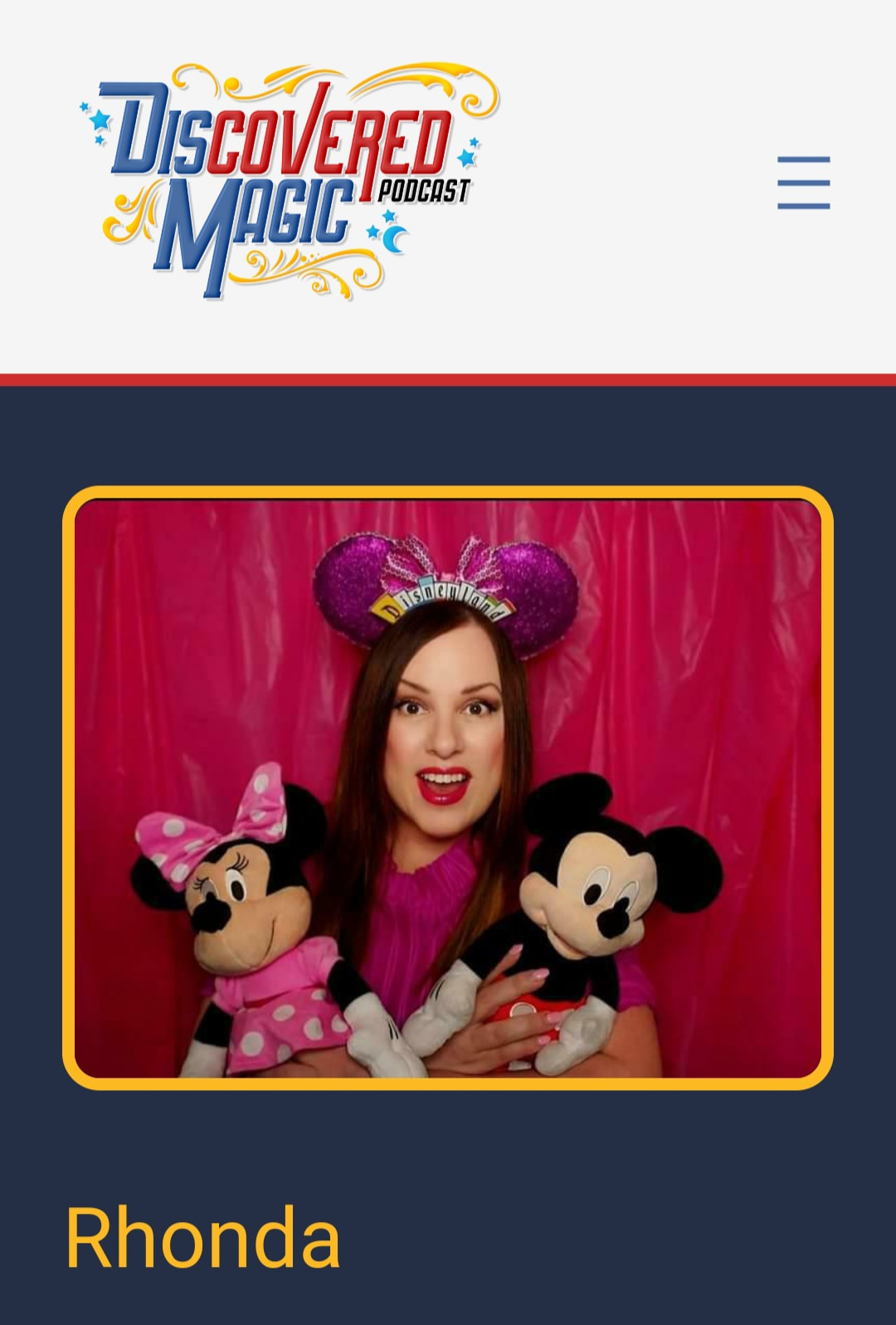
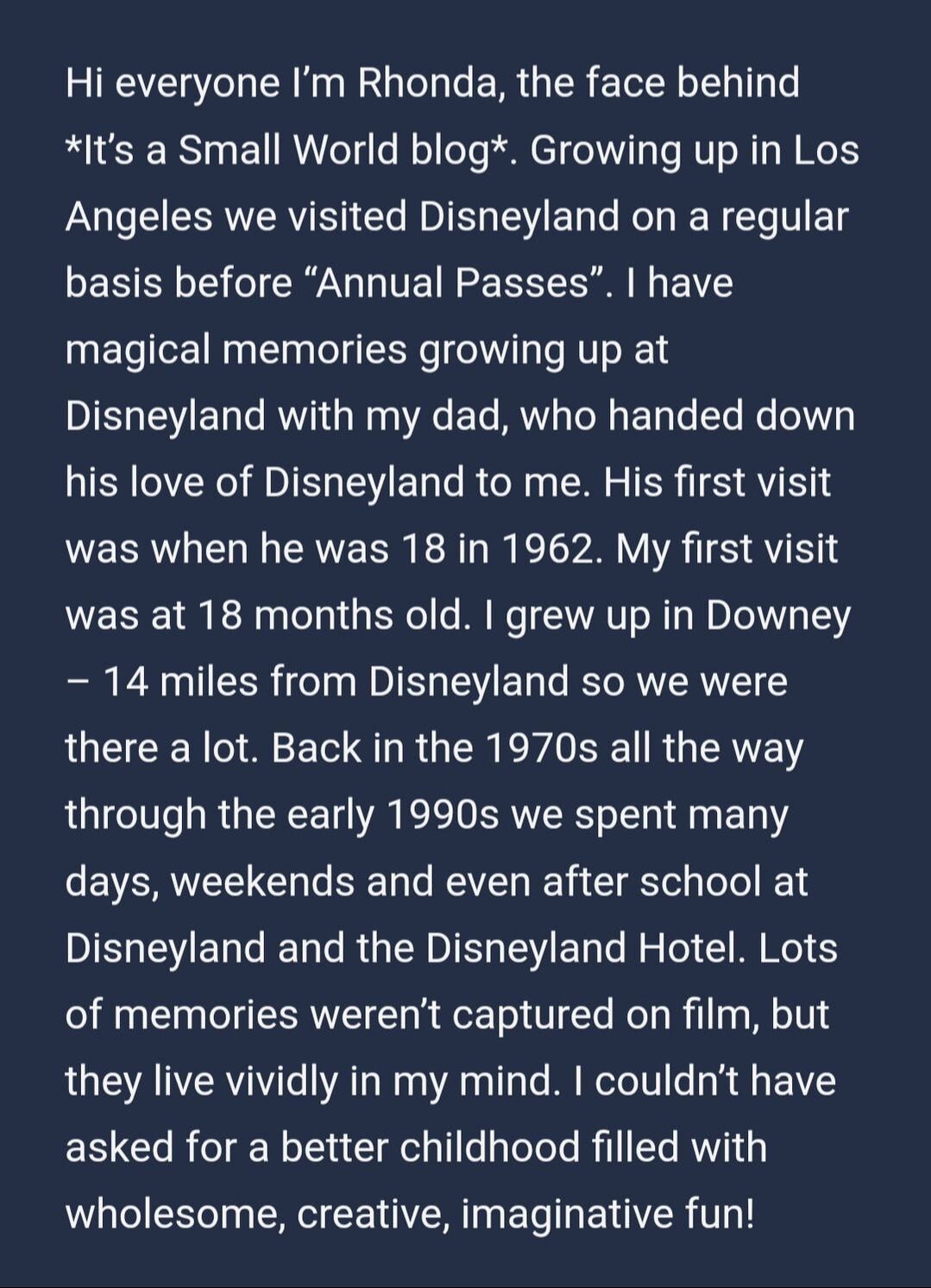
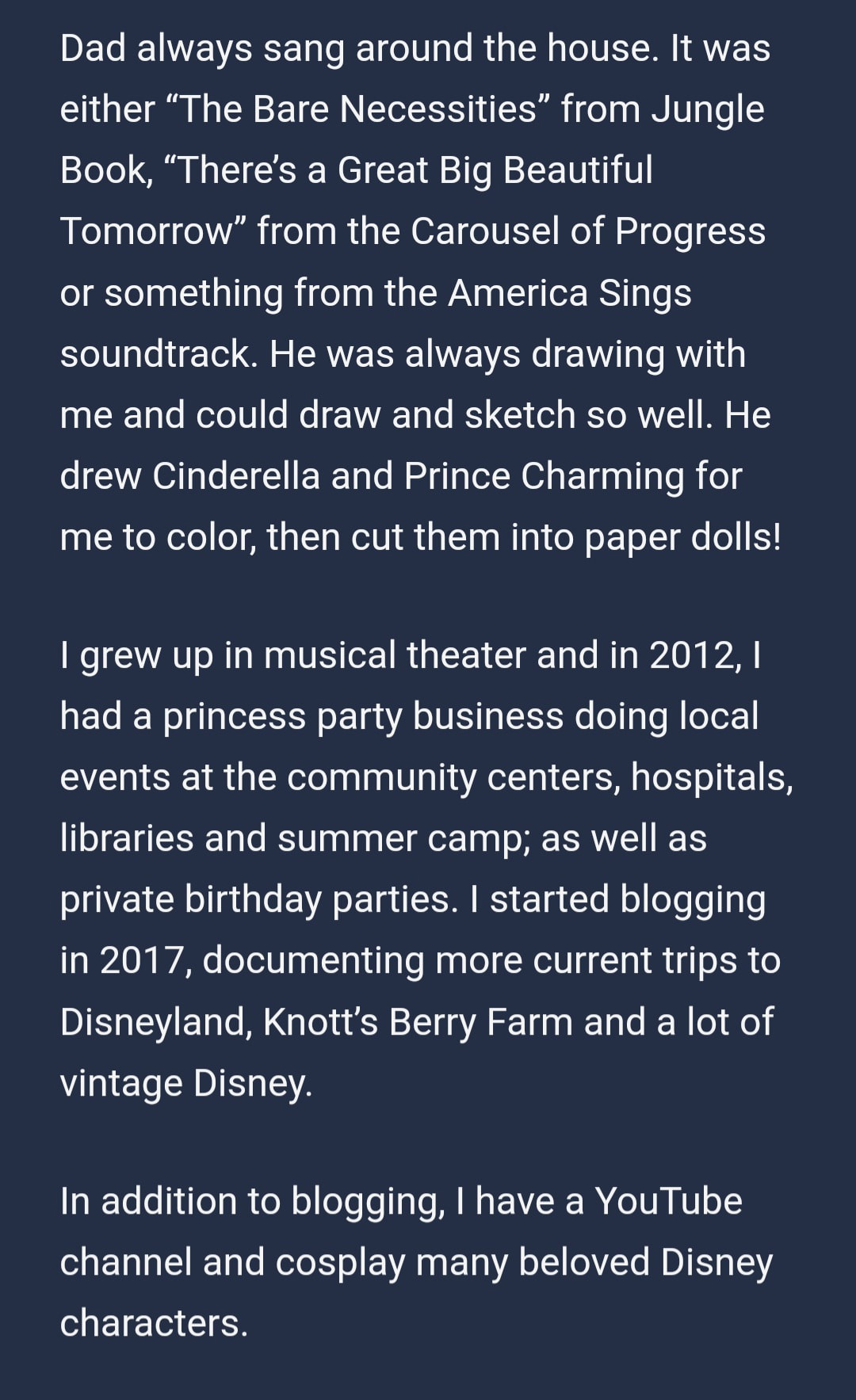
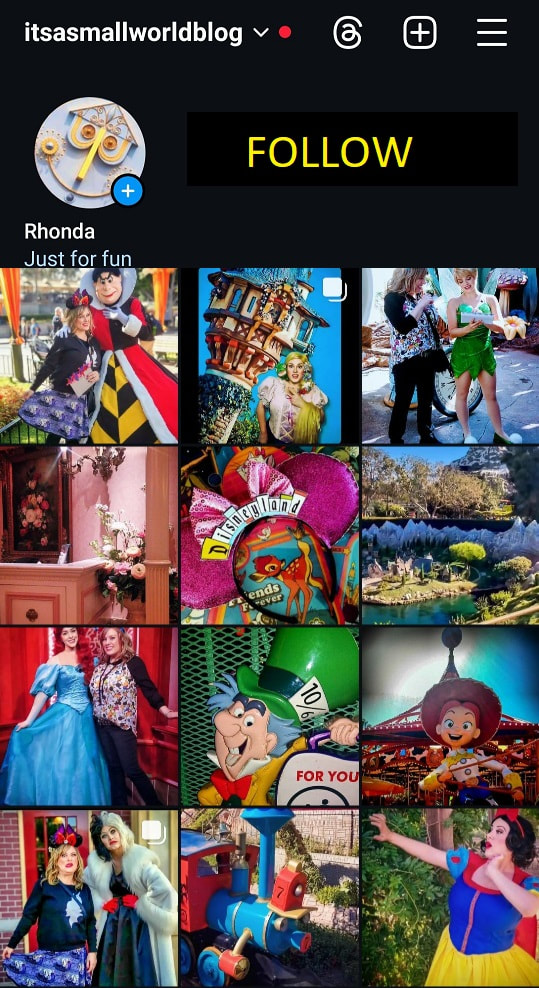
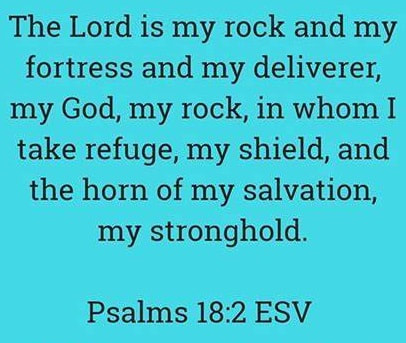
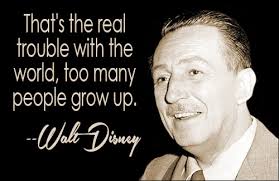
 RSS Feed
RSS Feed
